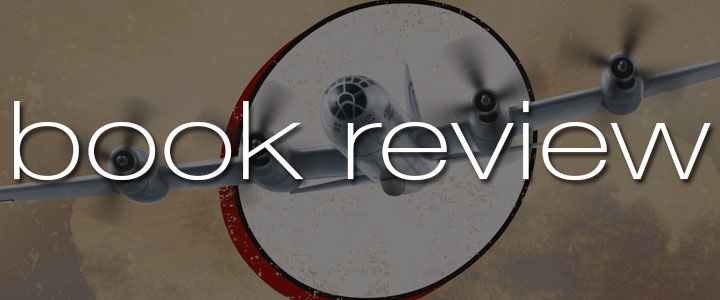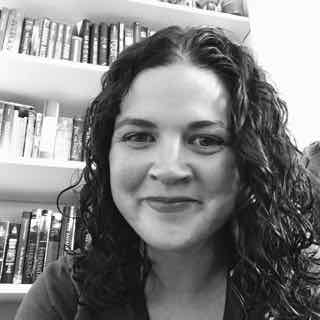
Bomb: The Race to Build—and Steal—the World's Most Dangerous Weapon
by Steve Sheinkin
Published: September 4th 2012
(266 pages)
moreIn December of 1938, a chemist in a German laboratory made a shocking discovery: When placed next to radioactive material, a Uranium atom split in two. That simple discovery launched a scientific race that spanned 3 continents. In Great Britain and the United States, Soviet spies worked their way in...
I was hooked right from the beginning. Bomb starts with a Russian spy getting caught who tells the whole story that follows. Bomb has everything: science, blackmail, intrigue, secret spies, and the race to defeat the worst enemy in history-Hitler.
The best way to learn the basics of history is to read children’s books. Bomb covers more history than I thought it would. If you liked Unbroken, you should definitely read Bomb. It does an excellent job connecting the dots in history and showing how all the people and events fit together. For example, I learned how the atomic bomb led to the Cold War which I didn’t know before reading this book. I loved the tension of reading two stories at the same time: the story about the science that went into making the atomic bomb and the spy network that was working on stealing it. In fact, Steve Sheinkin’s reason behind writing this book was to repent of what he had done as a text book writer. I think he definitely did.
The writing is great. There’s tons of dialogue so it feels like you are watching and listening to these people. And the dialogue was not made up – there are sources for every quote in the back of the book. It was so fascinating to learn how the men dealt with being around something so dangerous all the time. Here’s how one man reacted to making the atomic bomb:
He mixed a batch of liquid explosives and, drop by drop, gently filled the holes. “You don’t worry about it,” he said. “I mean, if fifty pounds of explosives goes in your lap, you won’t know about it.”
-Bomb by Steve Sheinkin pg 172
My one complaint is the huge cast of characters. I always struggle with keeping people straight in my head. I kept a character list going for Bomb and after 15 people I gave up. Since it’s non-fiction, Steve Sheinkin uses real first and last names and it was hard to know if I needed to remember certain people or not (compared to fiction where only important characters are usually given a last name). Some people were mentioned once in the whole book. Some people were “main” characters and came up a lot. It’s not terrible – once you get into it, the characters sort themselves out. One huge help was the pictures. There’s not tons of them, but it helped me realize who I should remember and who I could forget about.
Bomb was a fast, addicting read. It transitioned a flowed really well. It even managed to be funny sometimes despite the serious subject. My favorite funny moment is when Heisenberg says he would like to know what Stalin is thinking. Next sentence: “The Soviet dictator was furious.” (pg 202). LOL. Steve is good at recapping and reminding you of story lines that you might have forgotten without being boring. It’s narrative like Unbroken, but it focuses on the making of the bomb and the people involved so it doesn’t follow one person like Unbroken did.
Should we still be making atomic bombs?
This is essentially the question that Bomb ends with. It goes into some brief history about how many atomic bombs are on the planet now and how “humans created a weapon capable of wiping our species off the planet. It’s a story with no end in sight. And, like it or not, you’re in it.” (pg 236). I liked how Steve reminded me that just because a lot of events are in the past, doesn’t mean that the story of atomic bombs is over. It’s also an example to me that we should be very careful how we use technology. It can build a better world and just as quickly destroy it.









 My name is Jessica. I love to read Young Adult and classic literature. I’ve been a book blogger for six years and I haven’t gotten tired of it yet. I’m a very curious reader. Writing about all the questions and thoughts I had while reading a book is the best hobby ever.
My name is Jessica. I love to read Young Adult and classic literature. I’ve been a book blogger for six years and I haven’t gotten tired of it yet. I’m a very curious reader. Writing about all the questions and thoughts I had while reading a book is the best hobby ever.
Sounds good but I’m a little worried about it having too many characters.
I so agree with you — children’s non-fiction is a great, easy way to learn basic historical information. I just read a MG one about the Hindenburg and it was fascinating. I probably would have gotten bored with a longer, more complicated book on the subject, so this kid’s version was perfect!